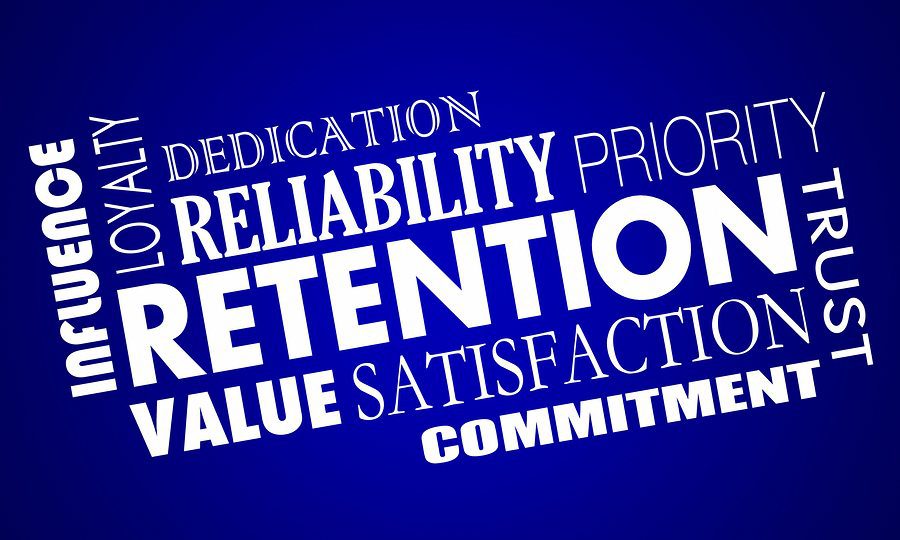By Laser 1 Technologies
Employee Retention
Offering good benefits, extra perks and competitive compensation may seem expensive.
You know what is more expensive? Hiring. Training. Turnover.
Each time you lose an experienced employee, each time you go through the time-consuming and costly hiring and training process, you’re running up some major expenses. To improve employee retention, stay abreast of the best practices in your industry, keep an eye on what the competition is offering, and make sure your workplace has what it takes to attract and keep top talent.
Here are some strategies to ensure loyal employees.
Good compensation is essential. Health insurance, life insurance and retirement are crucial to retention, along with a salary that recognizes employee worth. Offering substantial annual raises can be a tremendous incentive for employees to stick around for the long run. If large raises aren’t realistic, offer annual bonuses for employees who meet specific goals.
Reward long term employees with stock options, other financial awards, increased time off or other benefits once they reach specified landmarks, such as their five and ten year anniversaries.
Flexibility earns loyalty. Flextime and telecommuting make employees feel appreciated and accommodated, and make their lives significantly easier.
Don’t underestimate small perks. Whether it’s pizza on Mondays or concierge services like running small errands or booking travel, these perks make employees lives a little richer and a little smoother.
Promote from within. Managers must be perceptive to employees’ goals and needs, and help them find a clear path of advancement. Generous, supportive management will help good performers move to new and better positions. Employees who see no such path are prone to frustration and flying the coop.
Foster employee development. Cross training, internal seminars and education, and tuition reimbursement programs all help further your employees’ education while cultivating loyalty.
Create open communication between employees and management. Communicate your mission and invite employee input. When employees know they can offer ideas and ask questions, it helps them feel heard and empowered.
Be clear about expectations. When employees don’t know what’s expected, they struggle to perform well. Establish and communicate clear performance metrics and make employees accountable for delivering. Acknowledge superior work, and constructively review poor performances with a goal of jointly determining how to improve the situation.
Hire an HR professional to ensure employees are treated fairly and correctly. When employee benefits, perks, reviews and related tasks are handled on schedule and professionally, employees feel valued—and when reviews and raises are constantly delayed or forgotten, management looks bad and jeopardizes employee trust.
Recognize employees have a life outside of the workplace. PTO, maternity/paternity leave and flextime are powerful ways to recognize this and allow employees to participate fully in their personal and family lives. These are crucial to employee loyalty, but also to performance. Workers do better when they’re not overly stressed and enjoy some vacation time, and many of us make our best creative leaps when we’re not on the clock.
Express gratitude. Tell them you appreciate their hard work regularly, and make special note of it when it’s crunch time at the holidays, tax time or inventory. When employees go above and beyond to meet a deadline; when they hit one out of the park with a presentation; when they avert disaster with quick thinking or creative solutions, show appreciation. Perks, gifts, announcements, and awards are all excellent ways to recognize effort, but they need to be accompanied by a warm and sincere expression of gratitude.
These strategies reward employees for good work, but they also generate a healthy ROI for the company as they cultivate improved performance and retention. Promoting a healthy workplace culture is the best investment to achieve a satisfied, loyal, long-term workforce.




